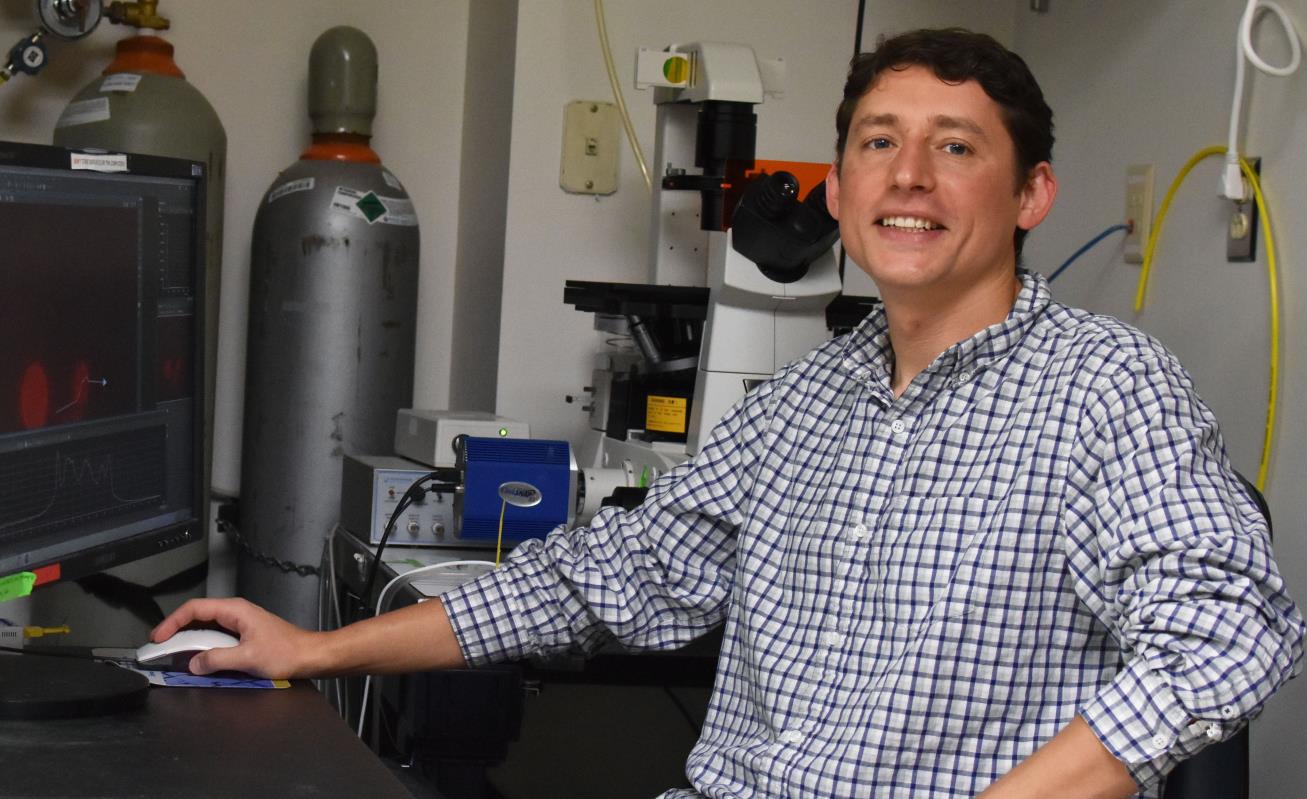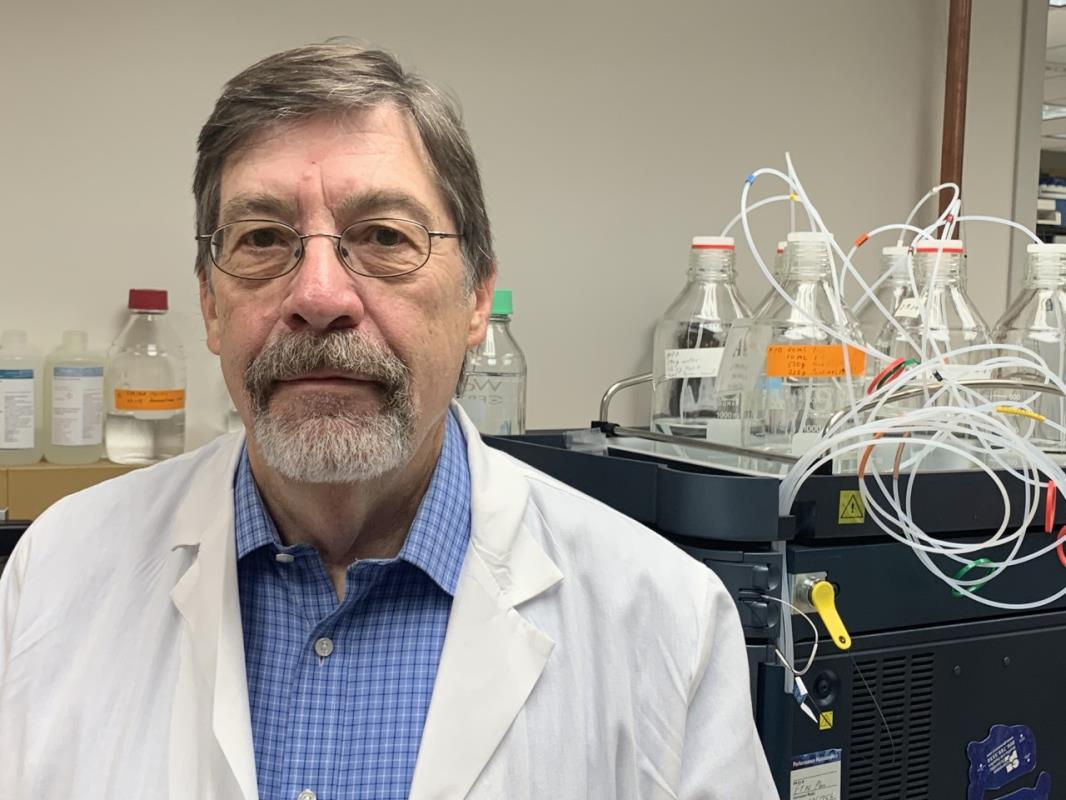6/17/2025
Obesity, hyperlipidemia, and type 2 diabetes are all metabolic disorders associated with cognitive decline and Alzheimer’s disease. Our lab is interested in understanding how changes in metabolism, either in the…
6/17/2025
Acute Myeloid Leukemia (AML) is the most common acute leukemia in adults. AML prognosis and overall survival decline in patients older that 60 years of age and in patients who…
6/17/2025
Multiple Sclerosis is a currently incurable autoimmune disease that affects 400,000 Americans and millions worldwide. The disease is characterized by destruction of myelin, the protective coat that wraps neuronal axons…
6/17/2025
Toxoplasma gondii is an intracellular, protozoan parasite that infects approximately one-third of the world population. The parasite can be acquired congenitally or in adults, through the ingestion of contaminated food…
6/17/2025
As Paleolithic hunter gatherers, the human diet was relatively low in fats and simple carbohydrates. Technological advances, beginning with the agricultural revolution 12,000 years ago and culminating with the mechanization…
6/17/2025
The etiology of many cardiovascular diseases can be traced to the microcirculation, which is the primary focus of the Isakson lab. For example, high blood pressure as well as strokes…
6/17/2025
Research Interests: Role of lipid oxidation products in inflammation and vascular immunology in atherosclerosis and diabetes. 1. Resolution of acute and propagation of chronic inflammation. 2. Mechanisms of endothelial-monocyte interaction in chronic…
6/17/2025
The overall goal of our research is to understand the fundamental mechanisms by which membranes and dietary lipids regulate cell physiology. By understanding the cell biology of lipids and membranes,…
6/17/2025
Our research investigates the biology of the lipid mediator, sphingosine 1-phosphate (S1P). S1P concentration gradients are known to influence immune cell positioning. Indeed, S1P type 1 receptor agonist drugs are…
6/17/2025
My laboratory uses behavioral, pharmacological, and molecular techniques to delineate the neurobiological basis of addiction. We are particularly interested in determining the biological basis of sex differences in vulnerability to…










